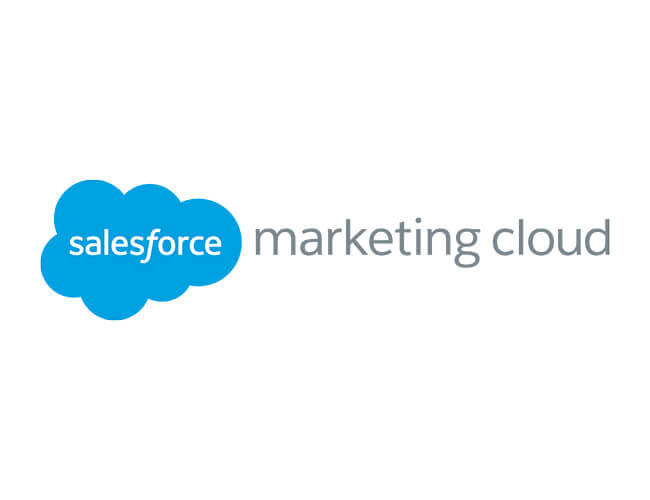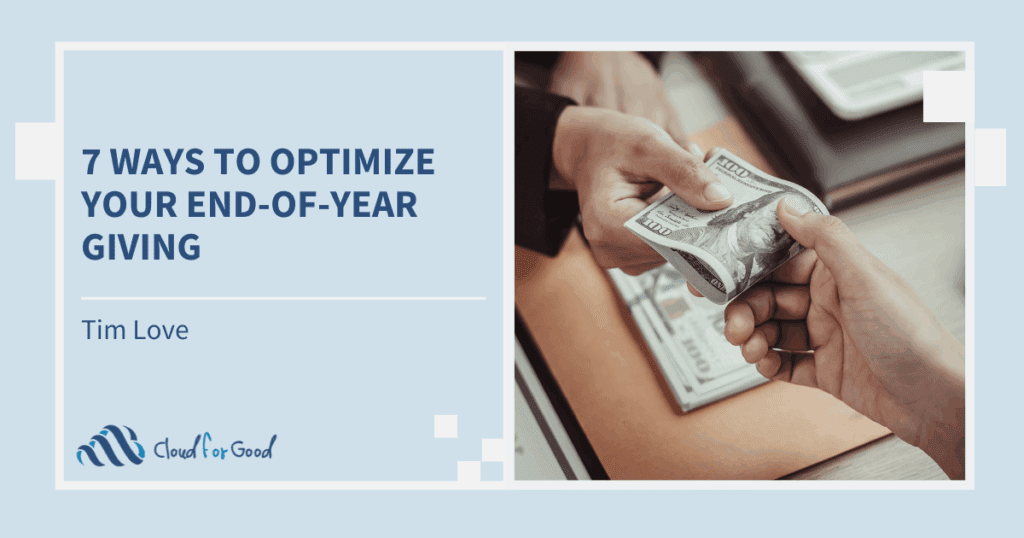More and more nonprofits are using Marketing Cloud to manage their communications. Marketing Cloud provides powerful tools for engaging constituents through email, social media, mobile, and web, and continues to add new functionality all the time. The newest update of Marketing Cloud Connect allows organizations to seamlessly connect their constituent data from Salesforce CRM with the communication, automation, and analytics tools in Salesforce Marketing Cloud.
What is Marketing Cloud Connect?
The name is accurate: Marketing Cloud Connect is an app that connects Salesforce data with Marketing Cloud tools. With Marketing Cloud Connect, you can send emails directly from Salesforce, either to lists, or single individuals, and you can see tracking information (sends, opens, clicks) in Salesforce, too. You can use the power of Salesforce to store and organize your constituent data, and the power of Marketing Cloud to create content and deliver it to the right person at the right time.
What’s new with Marketing Cloud Connect
The newest release offers some great improvements to this tool:
- Journey Builder now offers entry events from the Sales and Service clouds. This means that you can set up automated journeys that are kicked-off when a record is created or updated in Salesforce. In the world of fundraising, a new donation could trigger a series of email and mobile communications, giving the donor a personal set of messages about their gift. For advocacy organizations, there are many possibilities for engaging constituents around issues that matter to them.
- Data Stream allows you to sync data from Salesforce CRM to Marketing Cloud into a synchronized Data Extension. You can sync Contacts, Leads, and other standard and custom objects. If you are unfamiliar with Data Extensions, they are the tables in Marketing Cloud that correspond with Objects in Salesforce. Data Stream allows you to build a data model in Marketing Cloud that mirrors your constituent data in Salesforce, and have it updated in every 15 minutes.
- Connected App Authentication is a new, more secure way to pair Marketing Cloud with Salesforce CRM. This upgrade means users no longer have to manage their Salesforce CRM user passwords in Marketing Cloud. The connection between the clouds is easier and simpler for you to manage.
- Multi-Org Account Configurations mean that if you have an Enterprise 2.0 Marketing Cloud Account, you can connect to multiple Salesforce accounts at the level of the individual Business Units. This would allow chapter-based organizations to use a centralized Marketing Cloud account and pair it with separate Salesforce CRM accounts at the individual chapter level.
How to Use Marketing Cloud Connect
There are a few different ways to use Marketing Cloud in combination with Salesforce CRM. If all of your data lives in Salesforce, it’s easiest to perform your sends right from the Salesforce platform. You will use Marketing Cloud to create content, templates, and messages, which can be sent from Sales or Service Cloud. With Connect, you can send to any Campaign or Report, or multiple Campaigns or Reports in a single send. You can also define “exclusion reports,” meaning a list of people who should not receive your message. This is a great way to avoid sending general communications to a special audience, like major donors or other VIPs, or to people who just gave a donation to a different campaign. It’s simple and straightforward to send email or mobile messages from the Marketing Cloud App in Salesforce.
If you’re using data from multiple sources (i.e. not all of your subscribers are in Salesforce), you will want to send from Marketing Cloud, which can act as a hub for all of your data. This is where Data Stream will become your friend. Data Stream sends records from Salesforce to Data Extensions in Marketing Cloud, in fifteen minute intervals. This allows you to build a data model within Marketing Cloud, and do your filtering and list-building there.
Adding Subscribers to Salesforce
Marketing Cloud has a nice feature for creating email sign-up pages and other web content: CloudPages. CloudPages are web pages that can include forms or surveys, and can be used to collect new subscribers through an email sign-up page. Keep in mind though – Marketing Cloud Connect does not automatically bring subscribers back into the Sales and Service Clouds. The Data Stream feature only works one way: Salesforce to Marketing Cloud. It does not send data from Marketing Cloud to Salesforce. The best solution for this problem is Journey Builder, and its new addition of Salesforce activities. I recently created a simple journey for a client that takes new subscribers from a CloudPages form, and adds (or updates) Contact records in Sales Cloud. It works great, and is able to update multiple Salesforce fields that I have configured.
But you can go much further with Journey Builder than just adding new subscribers to Salesforce. With Marketing Cloud Connect, you can use Salesforce data to power nuanced messaging campaigns to your constituents. Here’s an example:
Trisha signs an online petition about an issue your organization is working on. In Salesforce, her Contact record is updated to indicate she’s interested in this issue. That update triggers a Journey, an automated set of messages in Marketing Cloud that are customized based on how Trisha responds and interacts with them. The next day she gets an email thanking her for signing the petition. She clicks a link to learn more about the issue. Three days later she gets another message about a public hearing in her neighborhood. She doesn’t respond, but a few days later she gets another reminder email, and this time she clicks a link to say she’s interested in attending. On the day of the hearing, she also gets a text message reminding her of the time and location of the hearing. Trisha shows up at the hearing, and speaks out on the issue.
By connecting marketing automation with the power of Salesforce CRM, organizations can turn an interested constituent into a true advocate for their mission.
Related Posts:





